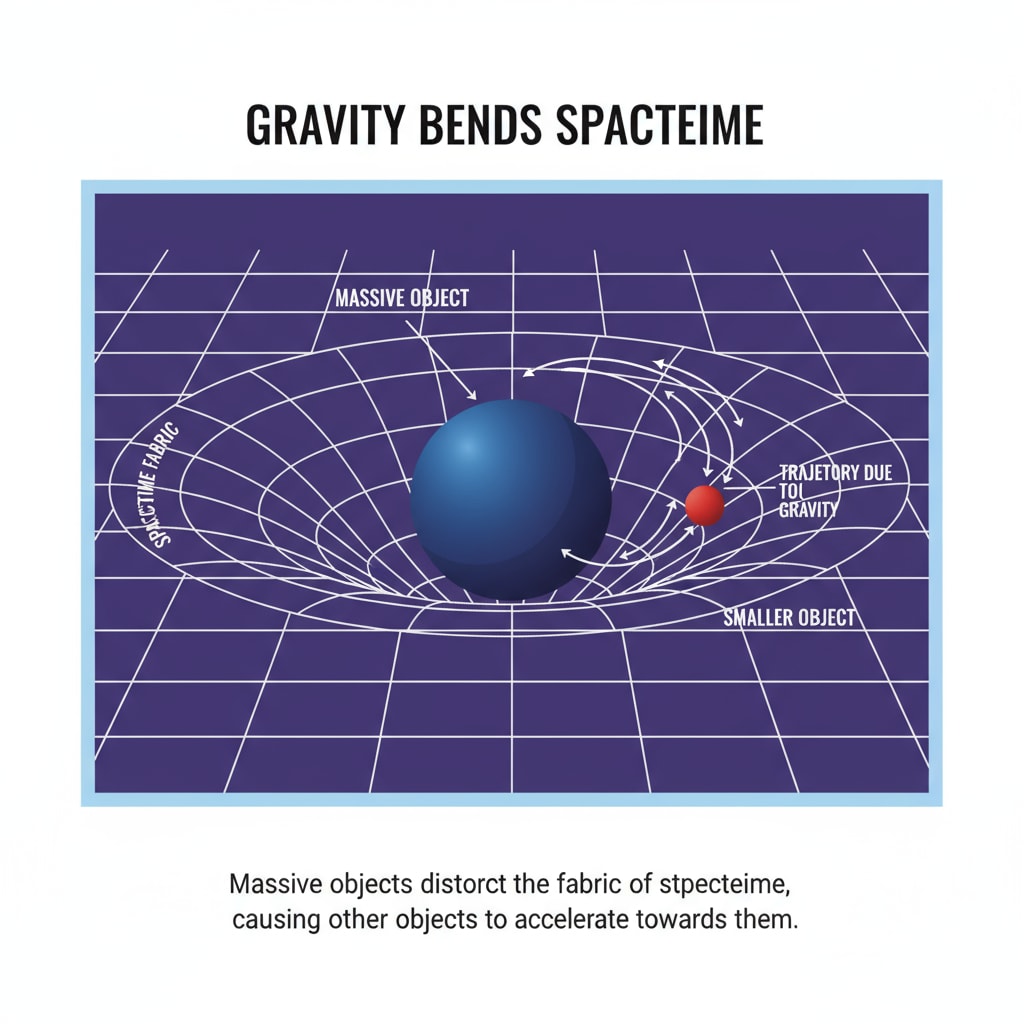Time, gravity, and relativity are fascinating yet complex concepts. When it comes to teaching K12 students, making these ideas accessible is crucial. Einstein’s theory of relativity revolutionized our understanding of the universe, especially in how gravity influences the passage of time. But how can we break this down for young learners?

The Basics of Relativity
Relativity, in simple terms, challenges our everyday perception of space and time. Einstein’s theory has two main parts: special relativity and general relativity. Special relativity deals with objects moving at constant speeds relative to each other. General relativity, however, focuses on gravity. It states that gravity is not just a force but a curvature of spacetime caused by mass and energy. General relativity on Wikipedia provides more in – depth information on this.
Gravity’s Pull on Time
Gravity has a profound effect on time. The stronger the gravitational field, the slower time passes. This is known as gravitational time dilation. For example, a clock placed near a massive object like a black hole would tick much slower compared to a clock in a weaker gravitational field. To help K12 students visualize this, we can use the analogy of a stretchy fabric representing spacetime. A heavy ball (representing a massive object) placed on the fabric will cause it to sag, and this sagging is like the curvature of spacetime due to gravity.

Gravitational time dilation on Britannica offers detailed explanations.
To make this concept more tangible for students, we can design simple experiments. For instance, using two identical clocks, one placed at a higher altitude (where the gravitational field is slightly weaker) and another at a lower altitude (where the gravitational field is stronger). Over time, the difference in the time shown on the two clocks can be measured, although the difference is extremely small in everyday situations.
In our daily lives, the effects of gravitational time dilation are usually negligible. However, in some modern technologies, like GPS systems, these effects are significant. GPS satellites orbit the Earth at high altitudes where the gravitational field is different from that on the ground. If the time dilation effects were not accounted for, GPS readings would be inaccurate by several meters, which could lead to serious navigation problems.
Readability guidance: We’ve used short paragraphs to make the content easier to digest. The lists and analogies help summarize key points. Transition words like ‘however’ and ‘for example’ are used to make the flow more natural. Each H2 section has a clear focus on different aspects of time, gravity, and relativity.


